With this long-awaited addition to our Design Around the World series, meet DEJIMAGRAPH, a planning and design studio based in Nagasaki.
Somehow, this is our first look into the vibrant design community in Japan. Perhaps it's because good design is in such abundance in Japan, we barely knew where to start. Then we discovered DEJIMAGRAPH, a tiny team of four focused on branding, packaging design and planning, and were instantly drawn to their work. Working exclusively with local clients in the small city of Nagasaki, the team has a unique perspective on design in Japan.
Here we talked with Yuko Maltino Murakawa and Junichi Hayama about design in Nagasaki, how the city's complex history influences that design, and the balance between preserving tradition and challenging it.
First, let’s talk about your studio. Who is the team behind Dejimagraph and why did you decide to open a graphic design studio?
DEJIMAGRAPH Inc. is a small office with three designers and a copywriter who also works as a planner.
We offer various advertising work, package designs and product planning, as well as product branding. We support our clients’ projects from the planning stage to the end, communicating product values through reasonable and heartwarming designs. We believe that great designs provide comfort and happiness for both our clients and their customers.
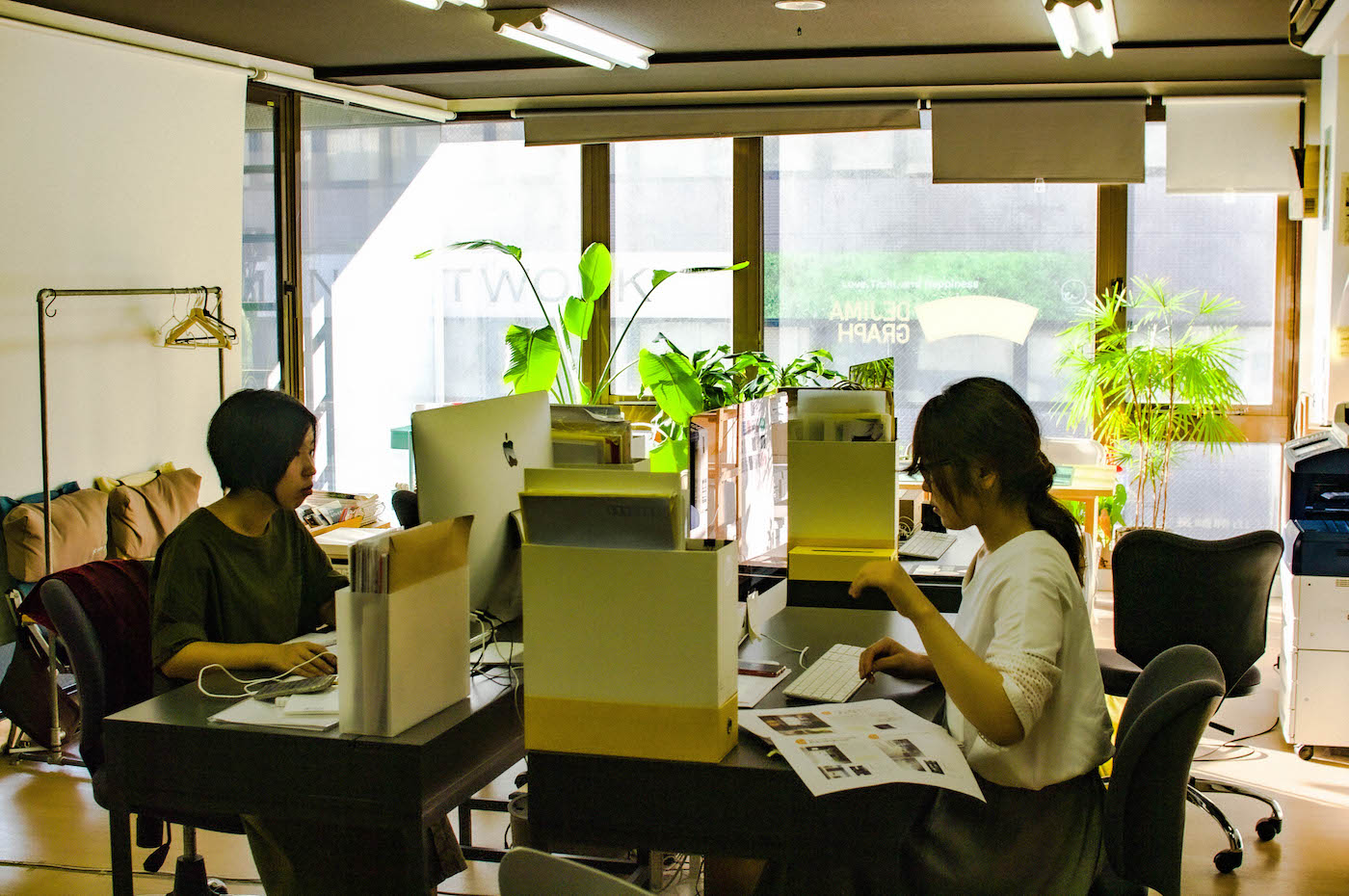
Tell us about the design community in Japan and specifically, Nagasaki. Do many platforms and events exist in Nagasaki that help you connect with other designers?
Although there are some large organizations of designers and creators in Japan, we have a chance to get together only once a year or so. On the other hand, designers in closer areas can meet more often. I am glad that we can see each other quite easily because of the physical distance.
Speaking of Nagasaki, there are not many events or platforms for designers to gather in one place. In the Kyushu area, however, there is a group called Kyushu Art Directors Club, and they hold K-ADC AWARD once every three years as well as different types of events. In Nagasaki, designers usually meet and connect with each other individually.

We all have an idea of Japanese design in our minds, to the point where some might stereotype it or think of cliches (minimalism being one of them). How would you describe the design you see coming from Nagasaki and Japan today?
Not only in Japan, but also anywhere in the world, logo design and typography are becoming more and more minimal and simple due to the web. One good example is that decisions are made depending on whether the design is easier to be applied as an icon on smartphones.
In Japan, the design trend varies in each region. For example, design in Nagasaki is greatly influenced by Western culture and Chinese culture. It is because Nagasaki was once the only port open to overseas trading ships during the Edo period. Unique patterns developed in Nagasaki which were inspired by the national flags that foreign ships were flying. These have been firmly established as well as red and yellow colors often seen in Chinese culture. We often get comments from designers from outside of Nagasaki such as, “I see a lot of colors in Nagasaki” or “things are so colorful here.”
These days, in Japan, branding and design that emphasize distinctive features of the locality seems to be in trend.
See these unique patterns, for example.
"Inspiration always comes from the clients, and the idea of preserving our individuality is not the top priority here."
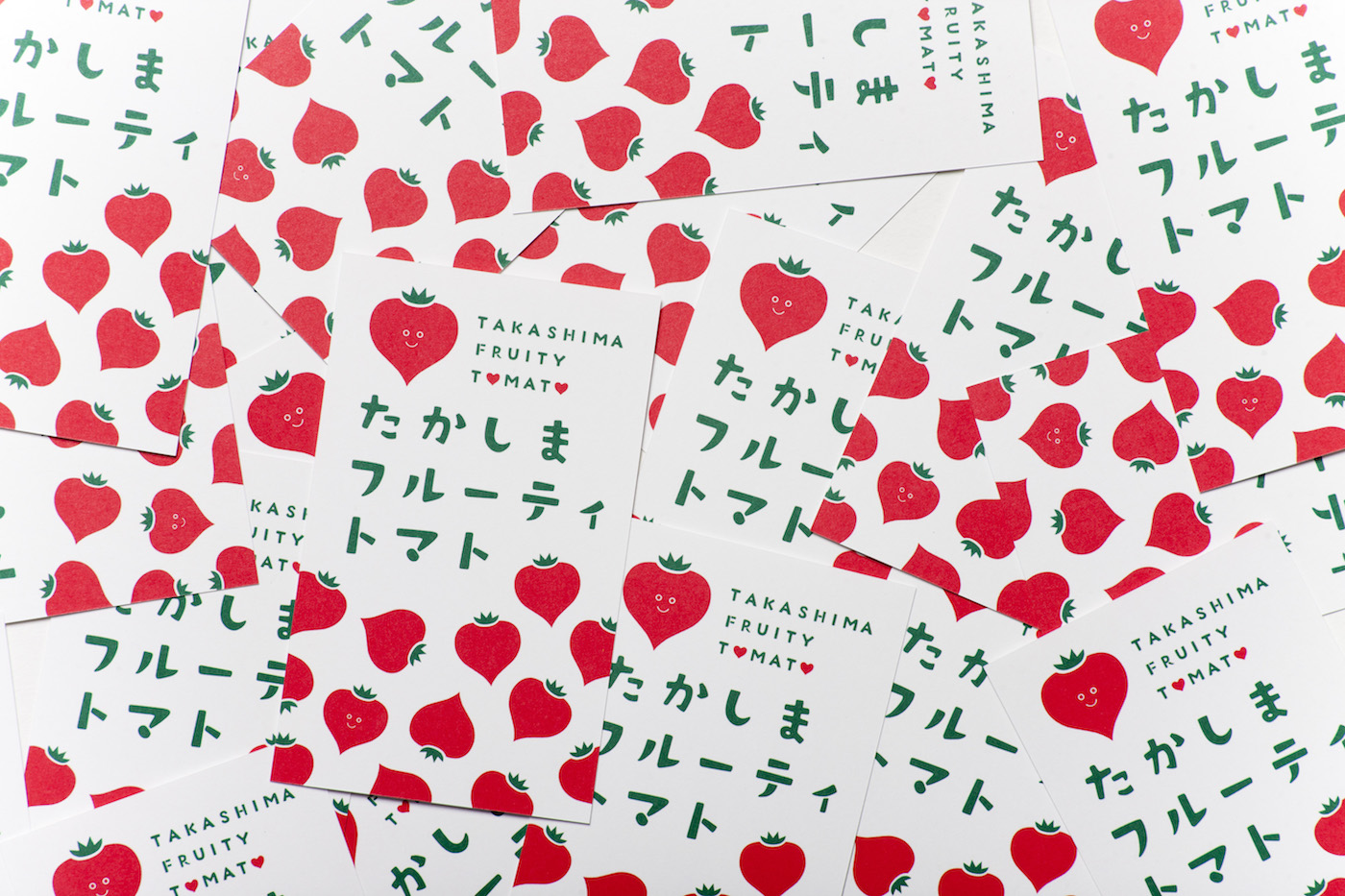
Globalization seems to be a big topic on designers’ minds today, specifically the concern about Western influence. How do you feel about globalization and its impact on design in Japan? Do you see designers reacting and striving individuality in their work?
Actually, we have never thought about globalization as we do our job. What we always have in mind is to value the design created through communication with our clients, rather than the design we want. Inspiration always comes from the clients, and the idea of preserving our individuality is not the top priority here.

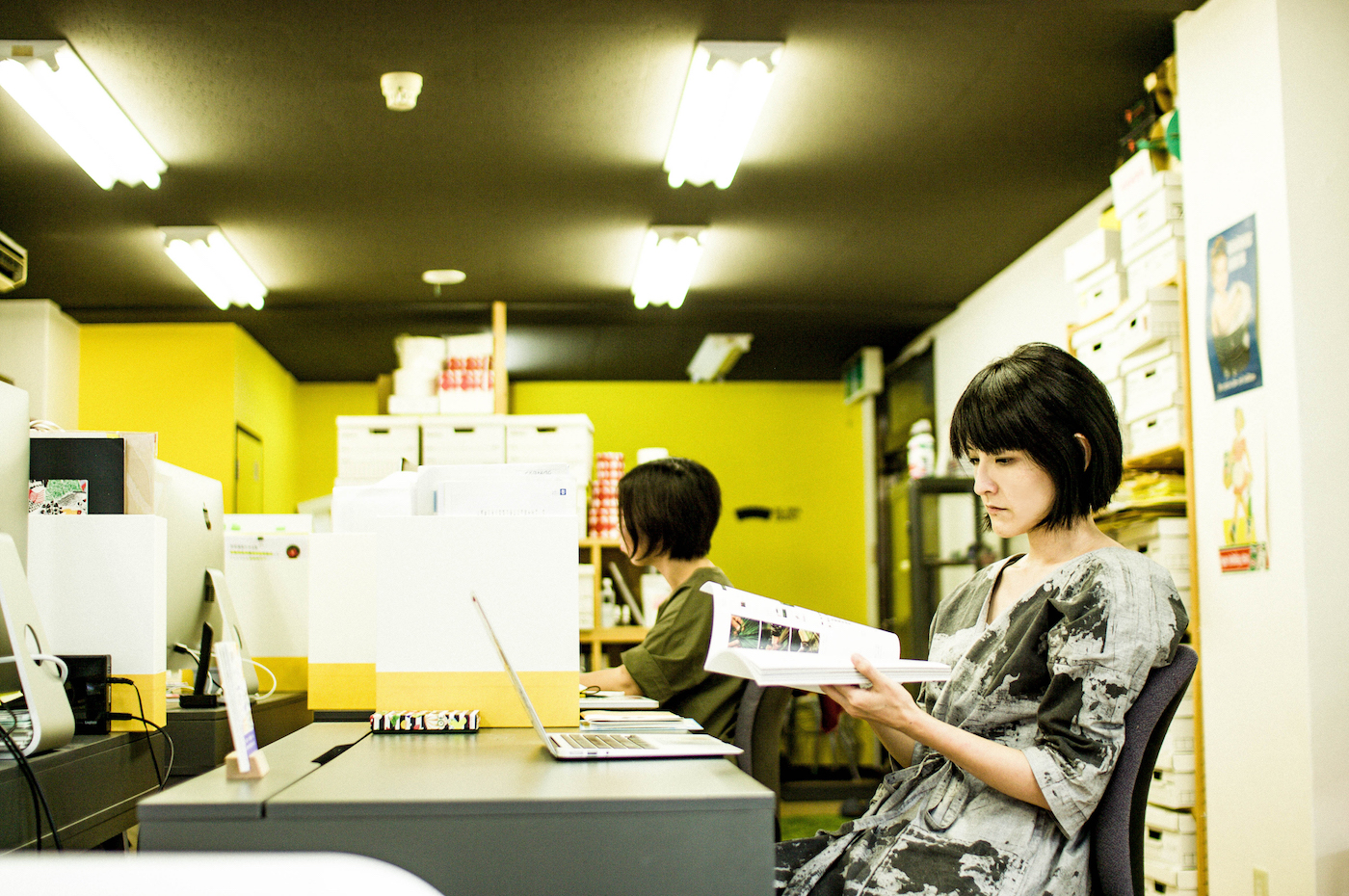
Many designs I see from Japan, especially poster designs, combine both Japanese and Latin/Roman characters. Is this just an aesthetic choice or do most of your designs need to cater to an international audience?
I guess it is similar to when Westerners use Kanji (Chinese characters) and Katakana in design. Latin/Roman figures are so simple and beautiful that they are often used in design as an aesthetic choice. (Most younger generations now can read simple English words, so sometimes English words are adopted as a title.) But I know on some occasions, Roman characters are used just to ensure the message is understandable for foreigners.
In Nagasaki, there are a lot of inbound visitors, so it is sometimes necessary to use these characters. Still, it is my impression that they are used for an aesthetic purpose in general.
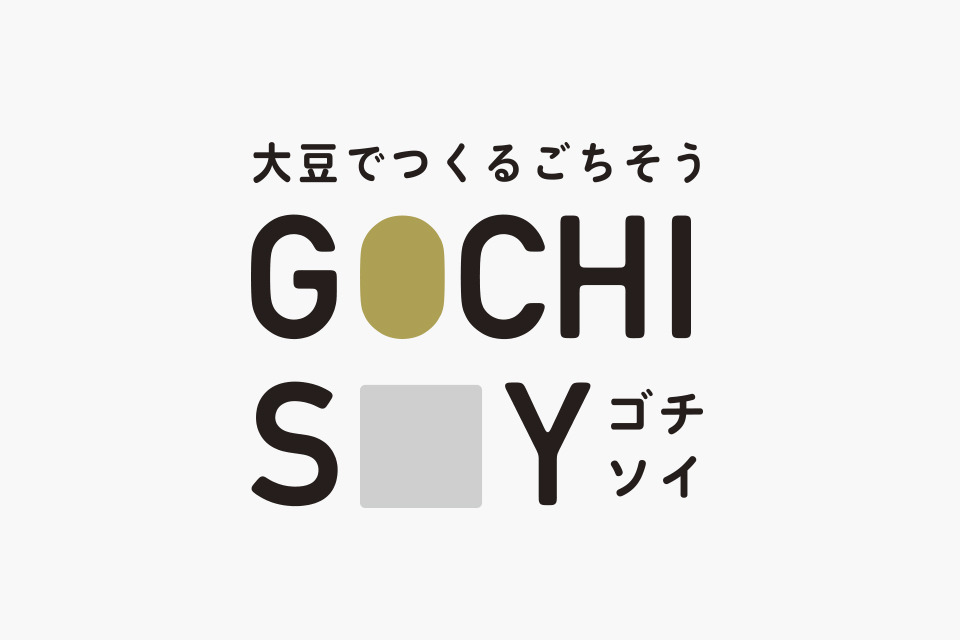
I’ve read that Japanese typeface design can be so complex, designers often create characters just for specific headlines, rather than designing a full typeface. Is that accurate for your work?
We often make fonts when we believe existing ones cannot express our intentions. Japanese people deal with a great number of characters: numbers, Roman characters, Hiragana, Katakana and Kanji. Kanji conveys not only the sounds, but also the meanings (ideographs).
It is probably in the nature of Japanese people to see emotional overtones and special meanings carried in each character. Maybe that’s why we are particular about small details in the shapes of each character. We feel those details show emotion and atmosphere. And that makes us want to create unique fonts. Whenever we create new fonts, we are always careful to make them legible and easy to read in order to deliver the message without fail – not just appeal visually as a part of a design.

In our design community in the States, we still struggle with collaboration between content and design. Design usually comes first, resulting in placeholder copy, and teams don’t have a clear process for true collaboration.
Murakawa, as a copywriter and planner, how is it for you? Is content valued and understood in your community, or do you struggle to fight for copy’s role in a project?
Here is how we go about it:
First of all, we define what the creative works are for in the project.
Share it with everyone on the team.
Share the goals with the clients.
Choose the best possible means to achieve the goals.
We and our clients want to have the best outcome, so we all simply have to look in the same direction.
In Dejimagraph, planning and copy are prioritized. We believe that it is a natural flow in working with clients. I take part in a project as a creative director, so I usually set a definite policy before our designers start their job, including the ideas and concepts that the designers must follow. Our designers do not design completely freely on their own discretion.
I usually explain to our team the importance of copy as well. If the designers can do the designs as they like without considering the whole, the goals of the clients’ business will not be achieved.
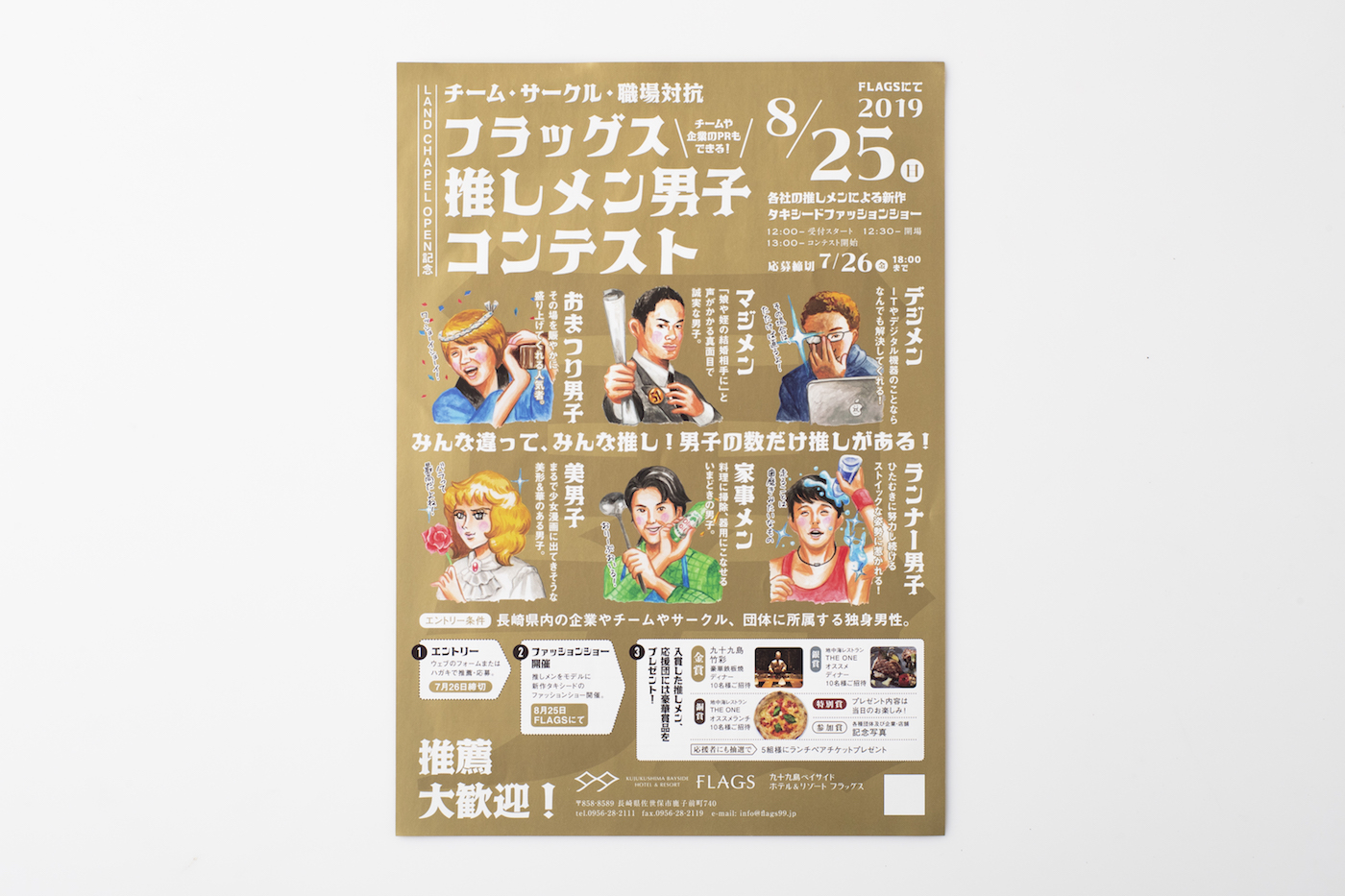

We are not artists. The source of our creativity is our clients. Our clients have a set of clear goals in their business. And our job is to play the creative part in order for our clients to achieve their goals.
It is not “design first,” but it is more likely to be “client first” or “business first.” We sort out and re-form the concepts of our clients’ services and products so that the values of the products and services can be easily understood. We first describe the direction of creative works using words and share them with our clients. Designs can be understood so differently between individuals, so words help everyone to have less misunderstandings.
Creating a logo design is one of the major works that we deal with, but words always proceed.
Copy and words are essential in design, and of course, vice versa.
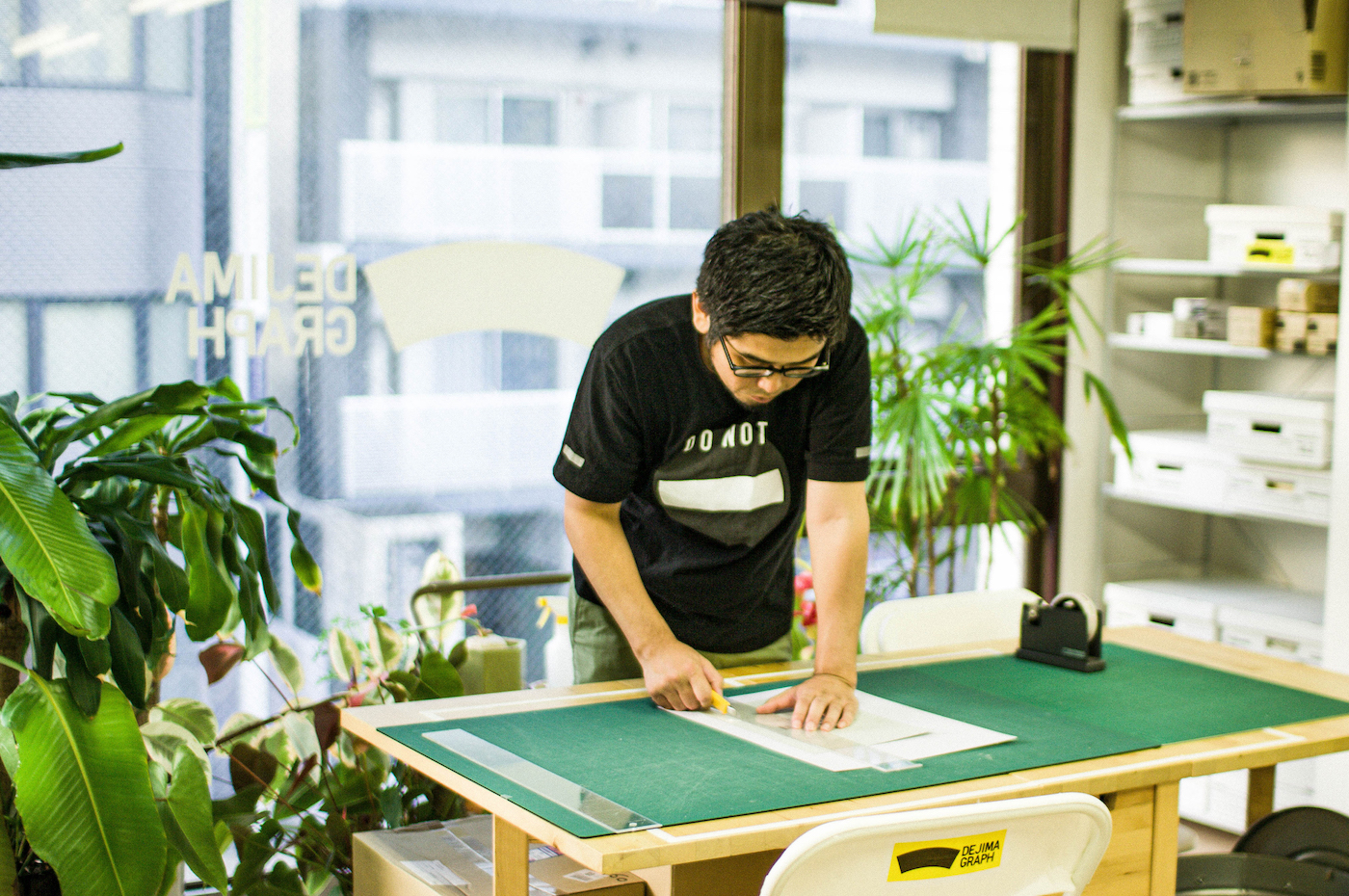
I read that the Tohoku earthquake of 2011 had a big impact on Japanese design, shifting the priority from style/personality to form and function. Has this impacted you and your work in any specific way?
After the earthquake, many people shifted their attention from designing for business to designing for society, creating design that can solve social problems.
Japan is the only nation that was the victim of atomic bombs. Nagasaki is one of two locations where the bombs were dropped. There is an education program in Nagasaki in which people here can learn the importance of peace and the misery of atomic bombs from a young age. With this background, our designers have been conscious of designs that convey those messages. In this respect, we can say that design to serve society and to solve problems has been a focus since long ago.
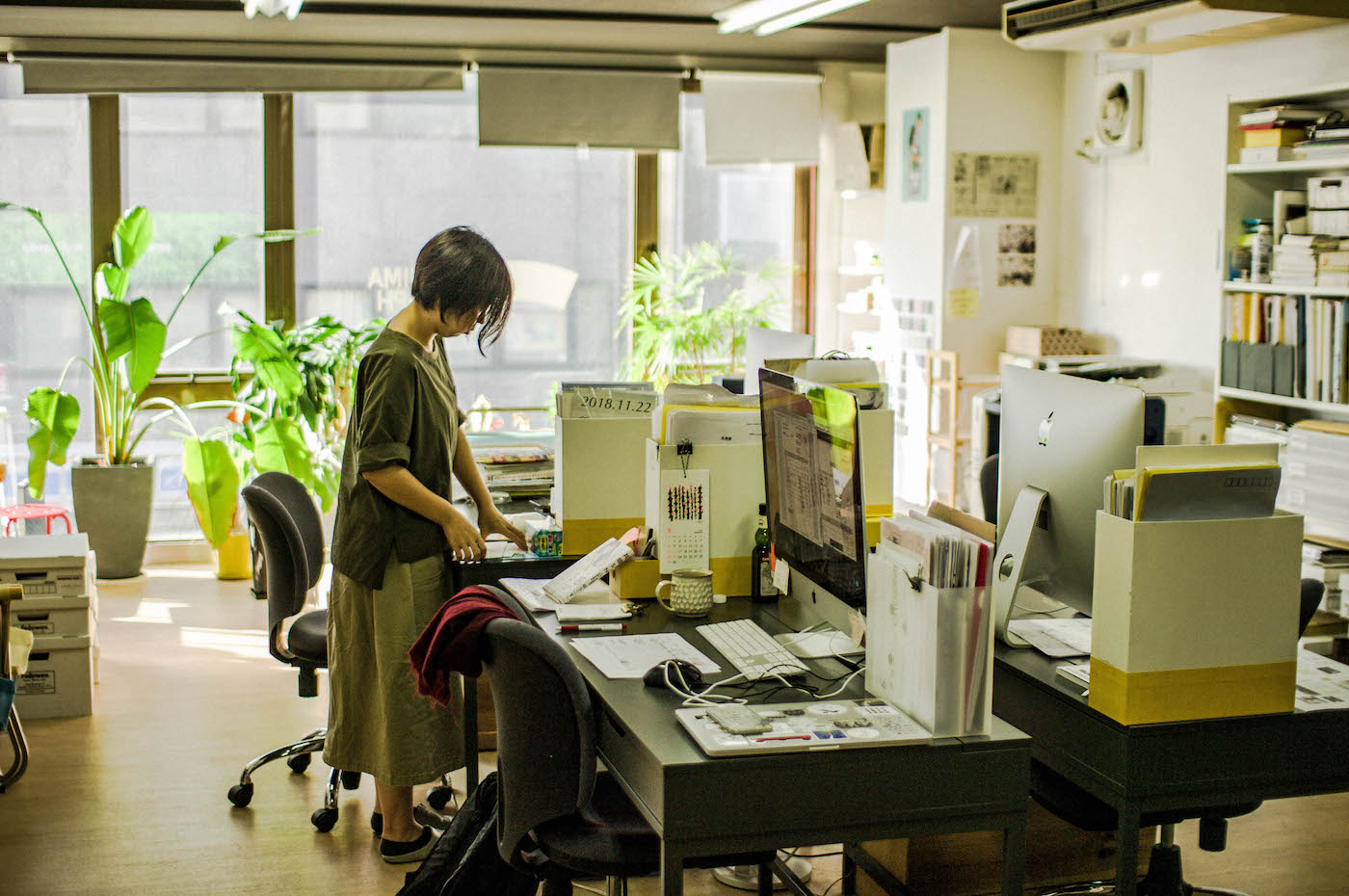
Japan also seems to be moving toward more environmentally friendly designs. Do you see this to be true in packaging / branding design like you do?
It’s true. Nowadays, more clients are interested in employing packaging materials that are free of plastic. Besides, from a cost perspective, we try to make a proposal that can avoid excessive packaging.
I read that Japanese designers still seek a contrast between traditional design craftsmanship and new media in their work. Where do you stand on this? Do you consciously seek to work traditional methods into your design or strive for newness?
I'm sure there are aesthetic qualities that can be seen only in handwritten letters and letterpress printing. Since Nagasaki is the place where the letterpress printing method was introduced, we actively adopt those methods if the feeling matches the project scope. The analog feeling and uneven qualities created by such analog methods are very attractive.
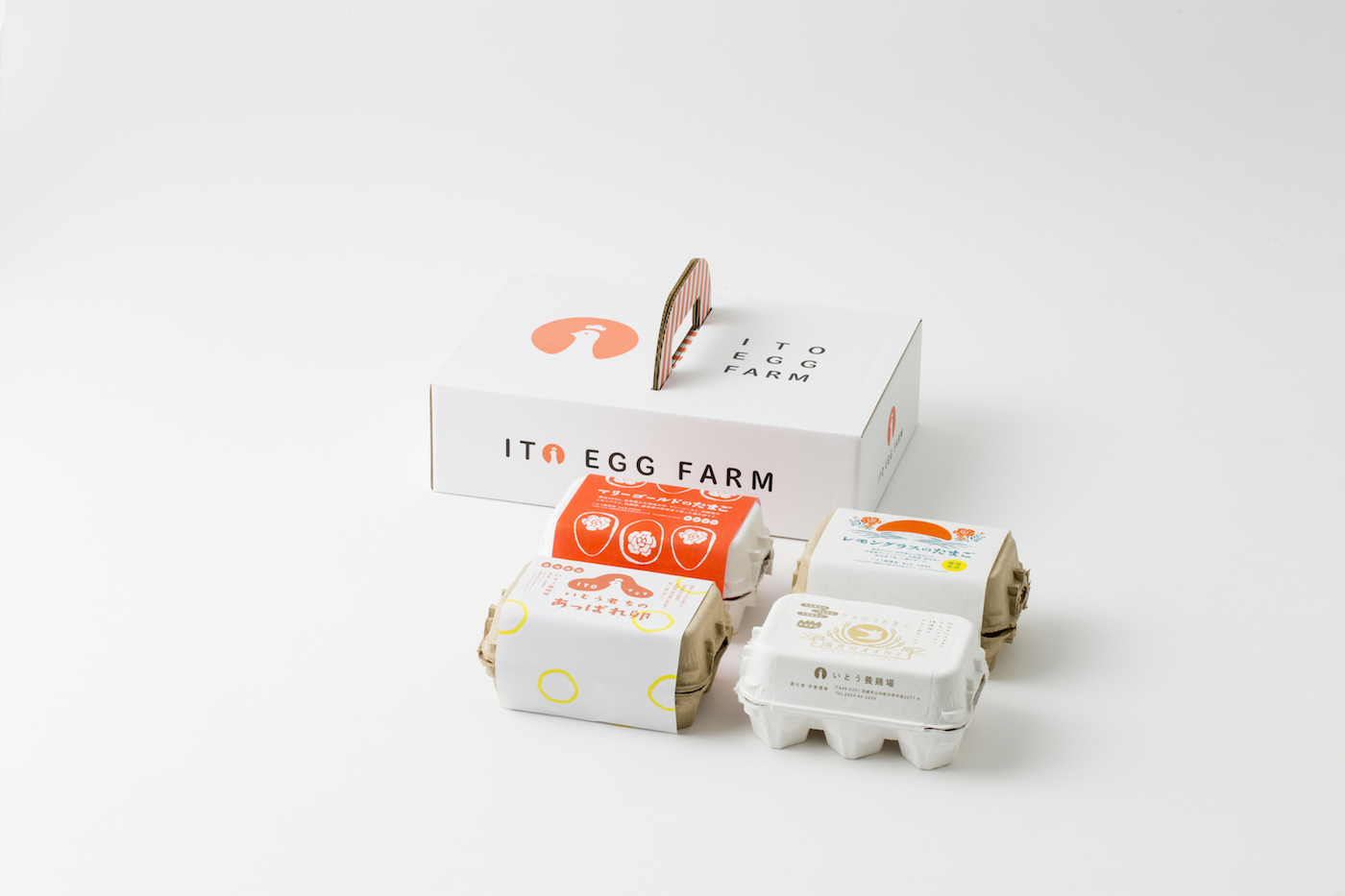

It looks like most or all of the designers on your team have a bachelor’s or even a master’s degree in design. What is design education like in Japan? And do most designers seek a formal education?
Hayama graduated from a design course in high school, but many people who now work as a designer majored in unrelated fields in school. Graduates of art universities and vocational schools may have had more opportunities to think about design while they were in school and it sure is an advantage for them. Yet, I don’t think the majors in school really matter.
In Dejimagraph, we value enthusiasm and devotion in design rather than a person's major and expertise. I know some people who purchased a Mac on their own and design as they like while studying engineering or literature in school. We would love to work with people like them.

What would you say are unique challenges for designers in your community right now?
1. Local governments have been striving to provide information about their unique services in a simple way for local residents by employing design.
2. We see that businesses and local governments are now acting throughout the nation to establish a hub that leads to the revitalization of local communities. There are now more local governments that adopt and utilize design for the purpose of promoting and encouraging more people to settle in depopulated areas.
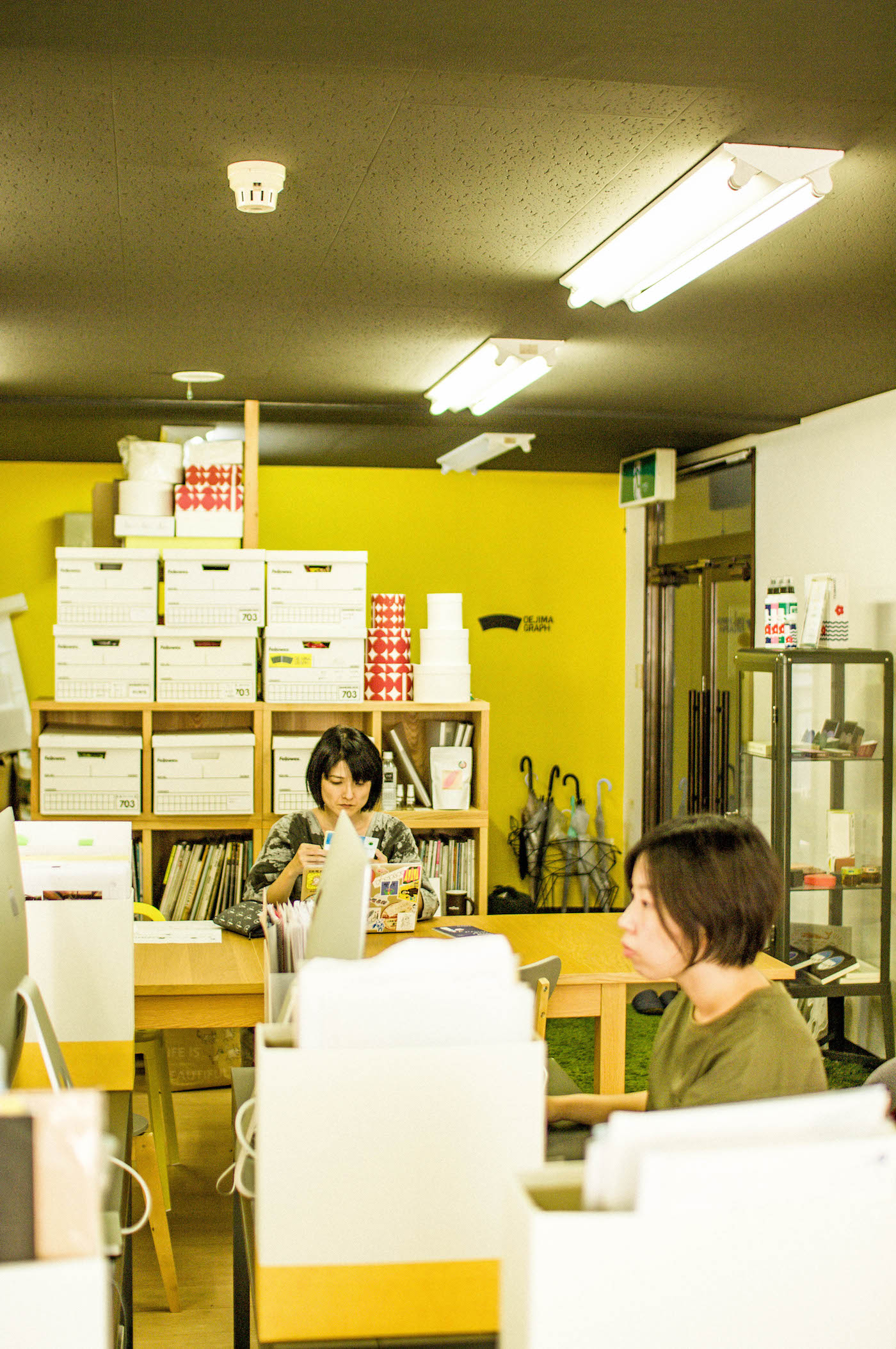
Based on my research, I understood that the government doesn’t provide much support for design in Japan. But it sounds like it's slowly becoming more aware of its value. What still needs to happen?
We need to abolish bureaucracy-led speculative works. Spec works and unpaid competitions have been spreading because the emphasis is placed heavily on fairness. I don’t think the bureaucracy will realize the importance and the value of design in such an environment. The system of such spec works itself needs to be redeveloped.
Design competitions organized by local governments are often run by members who do not know much about design. All the necessary steps to hold the competition including the drawing of the competition outline, screening process, selection of judges and so on, should be led by experts in the field. To do so, design associations and organizations should be involved more actively.

As the world is getting smaller with the help of the internet, working with international clients is very common. Do you actively work with international clients or focus mostly on local clients? And do businesses typically work with local designers and studios?
We would love to work with clients overseas. In fact, we sometimes receive offers and requests from overseas. However, we haven’t taken a step forward yet due to the complexity of contracts and differences in business rules and ethics. In order to do business with overseas clients from now on, we definitely need to receive legal support. So, adjusting and enhancing the environment is the first thing we need to do now.
How much impact does your social media presence have on getting new clients and self-promotion in general? What works best for you?
It does have an impact on getting new clients as well as recruiting designers, etc. But the one that has the greatest impact, which we use the least, is probably Pinterest. It looks like people often go to Pinterest to seek good design.

A still from DEJIMAGRAPH's video for the Japanese noodle, somen, made in Minamishimabara.
What does good design mean to Dejimagraph, and how do you see it impacting your country’s society as a whole? Do you think it can solve larger issues it faces?
Good design is design that brings our clients advantages.
Design that discovers people who empathize with our clients.
We believe that design can solve a lot of major issues in our society. We believe in design.
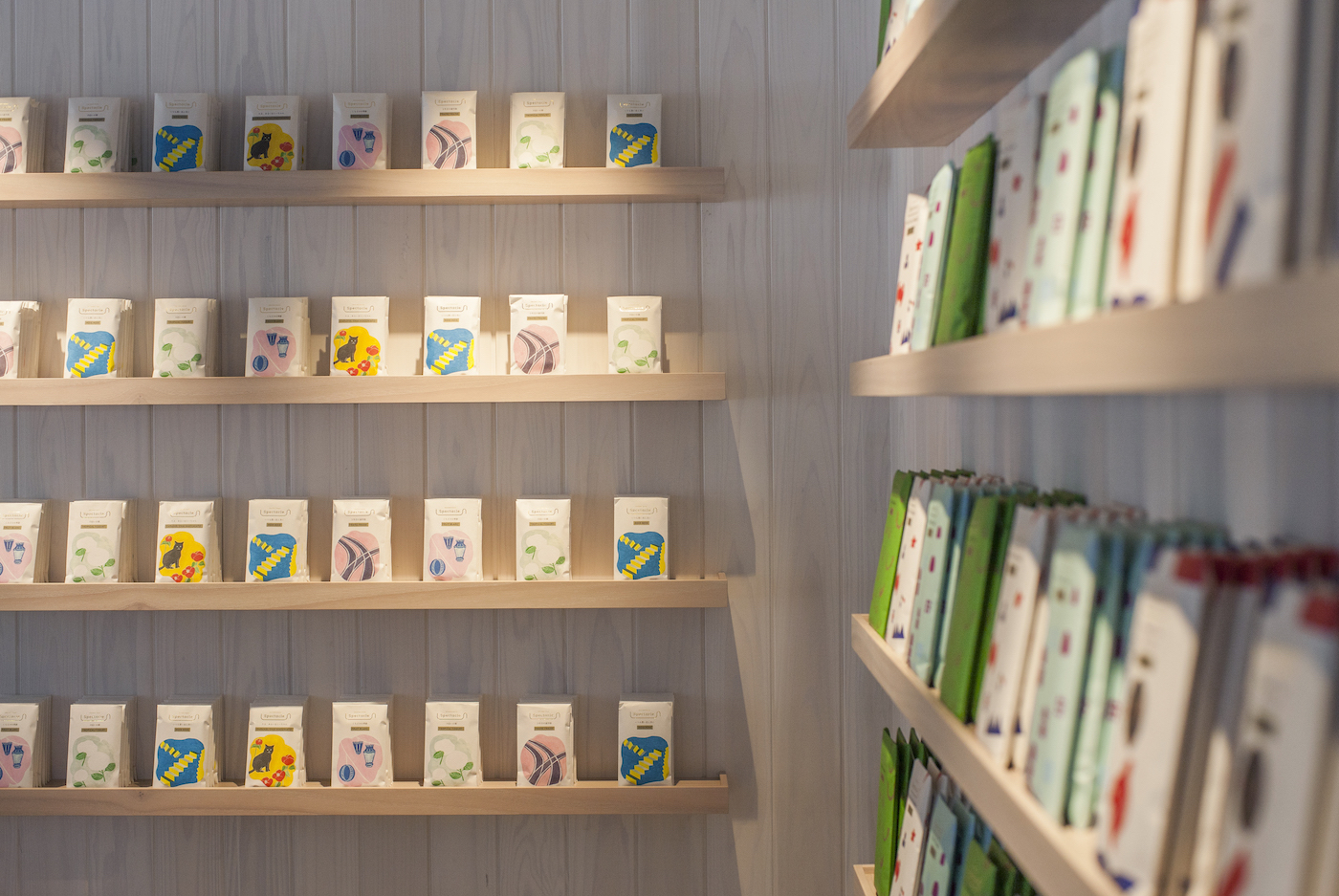

In your opinion, what are the top 5-10 design studios from Nagasaki/Japan that everyone who should know?
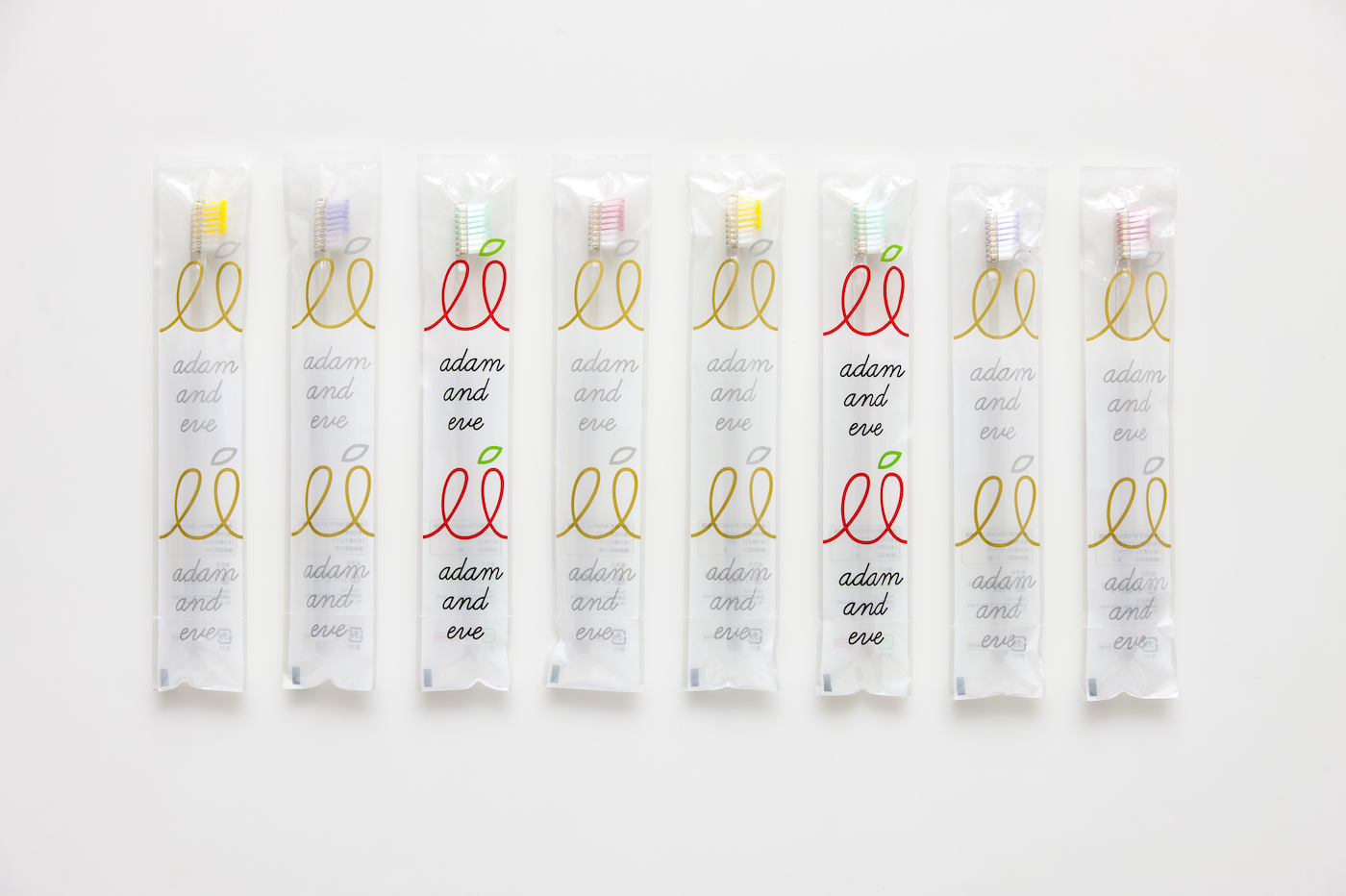
How can all designers and design communities from other countries do a better job of communicating with each other? How can we become more engaged with the Japanese design community? Are there any blogs or specific magazines we can follow?
I think it would be interesting if there were opportunities for not only the designers, but also the clients to socialize and communicate with each other. Clients share a common basis in terms of having found the value of design in the first place, and they decided to request a designer to do work. So, I think they will see eye to eye with each other.
This does not really help our creative works (lol), but there are many articles written here by people who work in the creative field. I can feel refreshed reading those articles. Refreshing your mind sometimes is important.
__
Murakawa Marino and Junichi Hayama, thank you for your time and thoughts. It's clear there is nowhere quite like Nagasaki, and we're thankful to gain some insight and context for the great design we see coming from the city. We talk a lot about design on this blog, but not enough about how design and content work together. It's refreshing to hear from a studio that puts equal emphasis on both, and learn how that informs your work. We will be following along and can't wait to see more.

